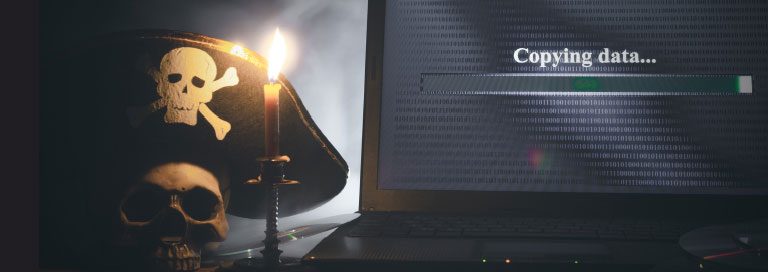There’s some good news about the use of unlicensed software, according to last year’s BSA Global Software Survey. The global software piracy rate dropped from 39 percent to 37 percent over the course of two years, and the commercial value of unlicensed software has also declined. But that slight movement in the right direction doesn’t apply to most organizations. In the majority of countries, software piracy rates are 50 percent or higher.
Software piracy creates tremendous risk, particularly with the prevalence of malware in unlicensed software. In fact, CIOs said the threat of malware is the biggest reason for ensuring software license compliance across the network. IDC estimates that if you install unlicensed software or purchase a computer that has unlicensed software, there’s a 29 percent chance of exposure to malware.
The average cost of dealing with a cyberattack involving malware in unlicensed software is more than $10,000 per infected computer. The top five organizational concerns about malware are:
- Data loss and theft (46 percent)
- Unauthorized network access (40 percent)
- Ransomware (30 percent)
- Downtime (28 percent)
- Time and cost of remediation (25 percent)
In addition to reducing security risks, CIOs said the top benefits of software compliance are decreased risk of legal issues, increased IT productivity, protection of the corporate brand, customer or trading partner satisfaction, and increased end-user productivity. The simple takeaway here is that software license compliance makes it easier for IT and all employees to do their jobs and for the organization as a whole to maintain a solid reputation.
Software asset management (SAM) is key to achieving and maintaining software compliance. SAM is a strategy that enables organizations to control the purchase, usage and deployment of software licenses. By getting a handle on software compliance, organizations can make more-informed software decisions and reduce costs.
Improving software compliance by just 20 percent can increase profits by 11 percent, according to the BSA survey. SAM allows you to optimize software usage while minimizing the waste that comes with purchasing too many licenses to reduce the risk of noncompliance. Over the long haul, the cost of overcompliance is much higher than failing a software vendor’s audit.
Speaking of software vendors, don’t make the mistake of assuming you won’t get caught for software piracy just because you’re not a large enterprise. Vendors lose money when you don’t adhere to the terms of your licensing agreements. Also, some software vendors are ramping up their audits because they view noncompliance fees and true-up costs as a revenue stream. SAM not only minimizes the risk of noncompliance, but simplifies the process of responding to an audit, which can be complex and costly even if you’re playing by the rules.
Keep in mind that SAM isn’t just about technology. You should have a written policy that governs how licensed software is purchased and used. While 54 percent of organizations have a policy in place, only 35 percent of employees know about the policy. Organizations need to do a better job educating and training end-users to make sure their SAM programs aren’t undercut by innocent mistakes or irresponsible behavior.
The use of unlicensed software, whether intentional or unintentional, is a preventable problem. Let Verteks help you develop SAM practices and a formal policy to minimize the risk and high cost of software piracy.




